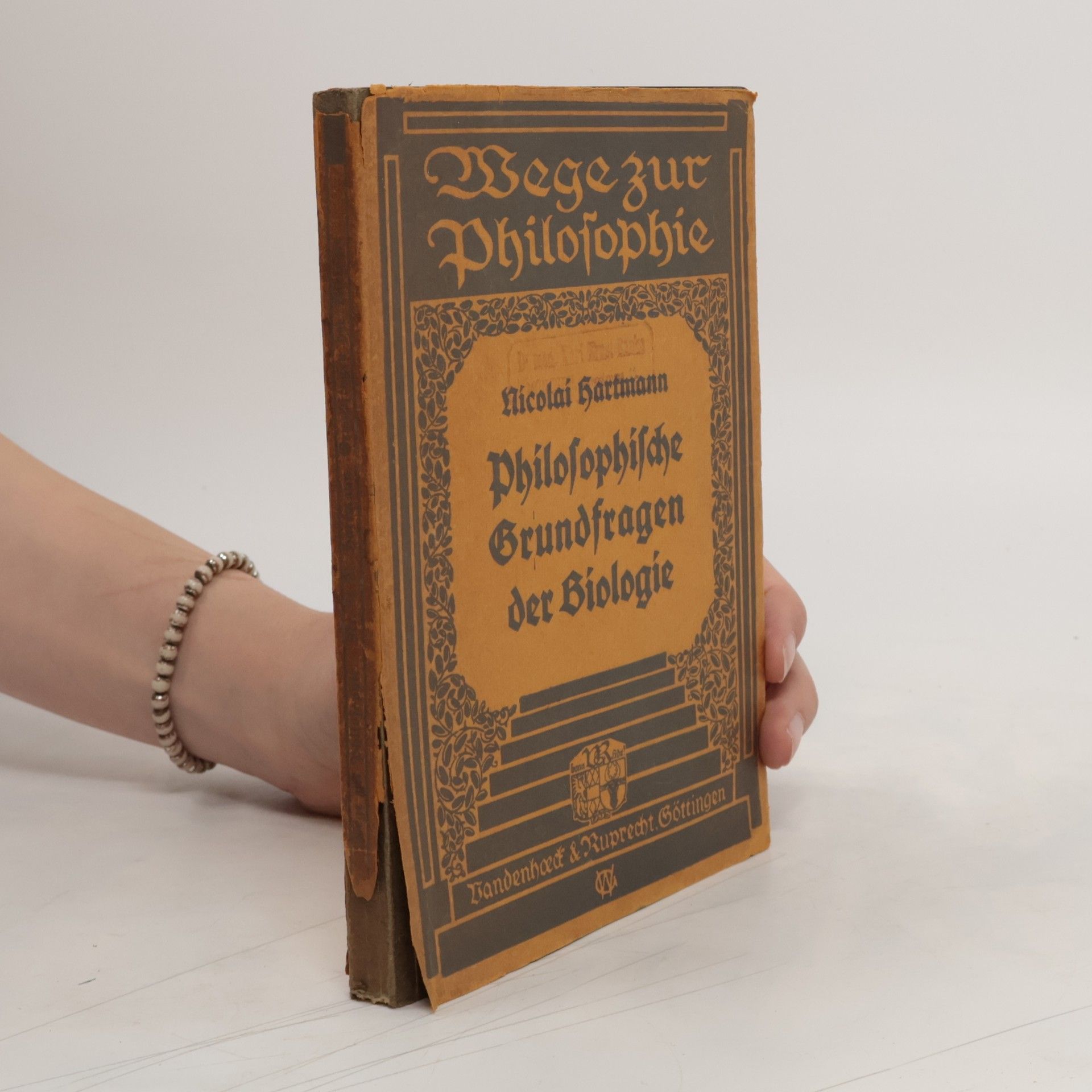Ontology: Laying the Foundations
- 376pages
- 14 heures de lecture
The book presents a thorough exploration of ontology through the lens of Nicolai Hartmann, who challenges traditional philosophical categories like substance and individual. It redefines existence and essence via the concepts of Dasein and Sosein, and examines how cognition is shaped by affective transcendent acts. Additionally, it delves into the nature of ideal being, including mathematical and phenomenological aspects, while addressing the relationship between the ideal and real. Hartmann's insights aim to move beyond the anthropocentric focus prevalent in 20th-century philosophy.





